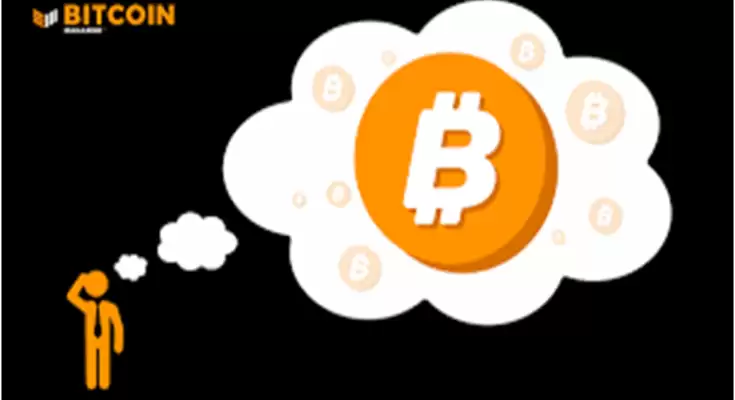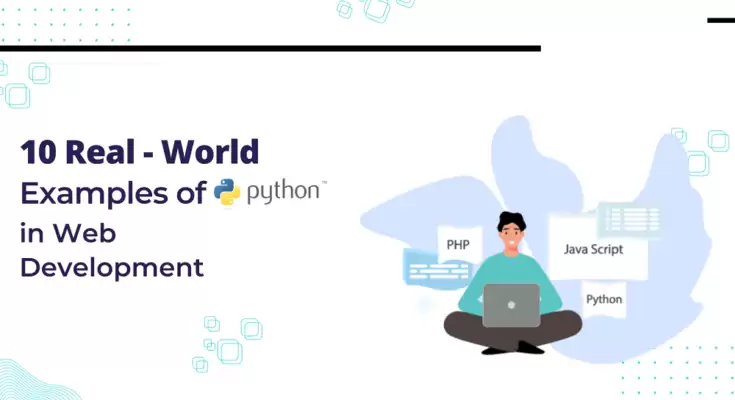The animation industry has experienced rapid growth in recent years, and there are several reasons why this trend is likely to continue in the years ahead. From advances in technology to changes in consumer preferences, here are some of the key factors driving the growth of the animation industry.
1. Advancements in Technology
One of the primary reasons for the growth of the animation industry is the advancements in technology. With the development of new software tools and computer hardware, animators are able to create more complex and sophisticated animations than ever before. This has made it possible for animation studios to
produce more visually stunning and engaging content, which in turn has attracted a larger audience.
2. Increasing Demand for Animation Content
There is a growing demand for animation content across a wide range of industries, including film, television, video games, and advertising. This demand is being driven by consumers who are increasingly looking for entertainment options that are both visually appealing and engaging. As a result, animation studios are finding themselves with more opportunities to produce content than ever before.
3. Growing Popularity of Streaming Services
The popularity of streaming services like Netflix, Amazon Prime, and Disney+ has also contributed to the growth of the animation industry. These platforms have given animators and studios a new outlet to showcase their work and reach a wider audience. Additionally, the success of animated shows like Bojack Horseman, Rick and Morty, and Avatar: The Last Airbender have proven that animation can be just as successful on streaming platforms as live-action content.
4. Expansion into New Markets
The animation industry is also expanding into new markets, particularly in Asia. Countries like Japan, South Korea, and China have thriving animation industries of their own, and there is a growing interest in anime and other forms of animation in the Western world. As a result, animation studios are looking to expand their reach by producing content that appeals to audiences in these new markets.
5. Cost-Effective Production
Animation is often seen as a cost-effective alternative to live-action production. With animation, there are no location shoots or expensive sets to build, and animators can create scenes and characters that would be impossible or impractical
to film in live-action. This has made animation an attractive option for studios looking to produce content on a budget.
In conclusion, the animation industry is growing fast due to a combination of factors, including advancements in technology, increasing demand for animation content, the growing popularity of streaming services, expansion into new markets, and cost-effective production. With these trends expected to continue in the years ahead, it’s likely that the animation industry will continue to experience significant growth and expansion.
6. Increased Access to Education and Training
The availability of animation education and training programs has increased significantly in recent years. There are now many universities, colleges, and vocational schools that offer courses and degrees in animation, providing more people with the skills and knowledge necessary to work in the industry. This has led to a larger pool of talent and more competition, which in turn drives innovation and creativity in the industry.
7. Diversification of Animation Styles and Genres
Animation has traditionally been associated with children’s entertainment, but in recent years, the industry has diversified to include a wide range of styles and genres. There are now animated films and shows aimed at adults, as well as animation that explores complex themes and social issues. This has helped to broaden the appeal of animation and attract new audiences.
8. Strong Intellectual Property (IP) Potential
Animation has proven to be a lucrative source of intellectual property (IP) for studios, with successful franchises like Pixar’s Toy Story and DreamWorks’ Shrek generating billions of dollars in revenue from merchandise and licensing deals. As
such, studios are investing more in the development of original IP, which can have significant long-term benefits for their bottom line.
9. Increased Investment in the Industry
With the growing popularity of animation, there has been an increase in investment in the industry. This includes both financial investment from venture capitalists and private equity firms, as well as investment in infrastructure and talent development from governments and local authorities. This investment helps to support the growth of the industry and creates new opportunities for animators and studios.
10. Improved Distribution Channels
The rise of digital platforms like YouTube and social media has made it easier for animators and studios to distribute their content and build an audience. This has created new opportunities for independent animators to gain exposure and success and has also helped established studios to expand their reach and find new audiences.
Overall, the animation industry is growing fast due to a combination of factors, including advancements in technology, increasing demand for animation content, the growing popularity of streaming services, expansion into new markets, cost-effective production, increased access to education and training, diversification of animation styles and genres, strong intellectual property potential, increased investment in the industry, and improved distribution channels.







